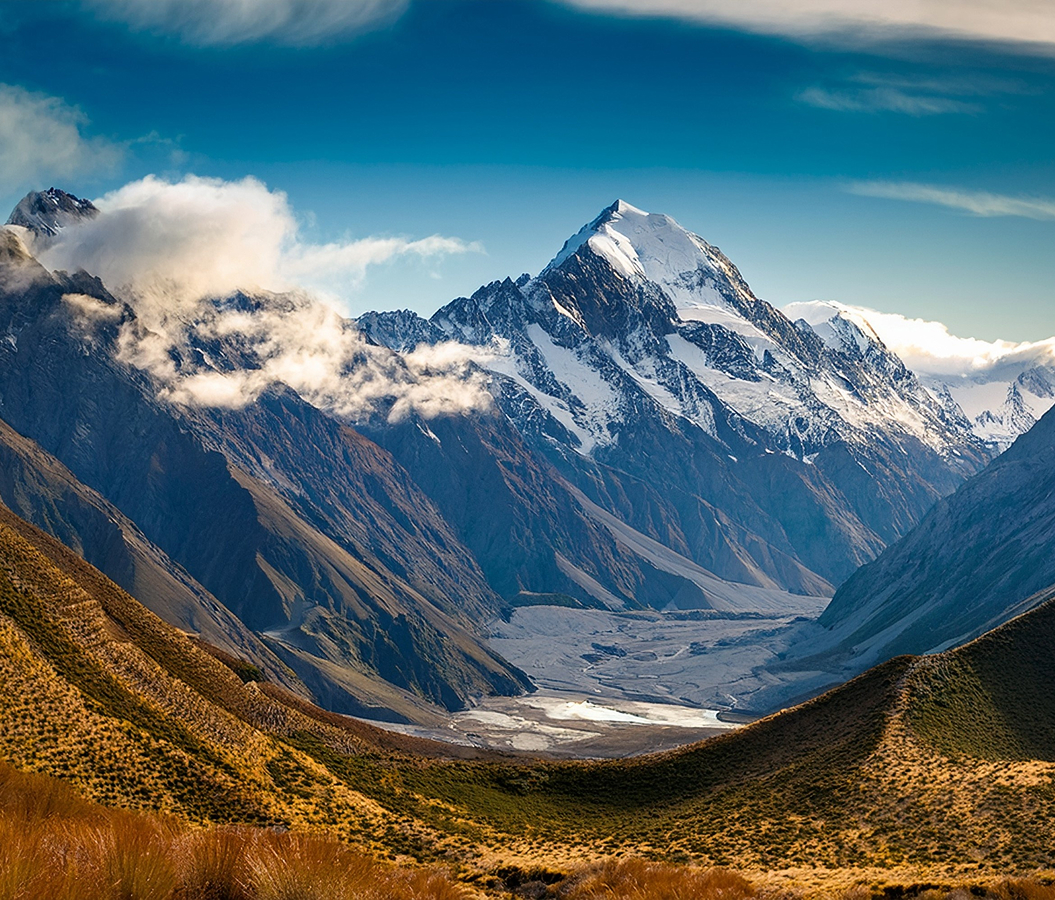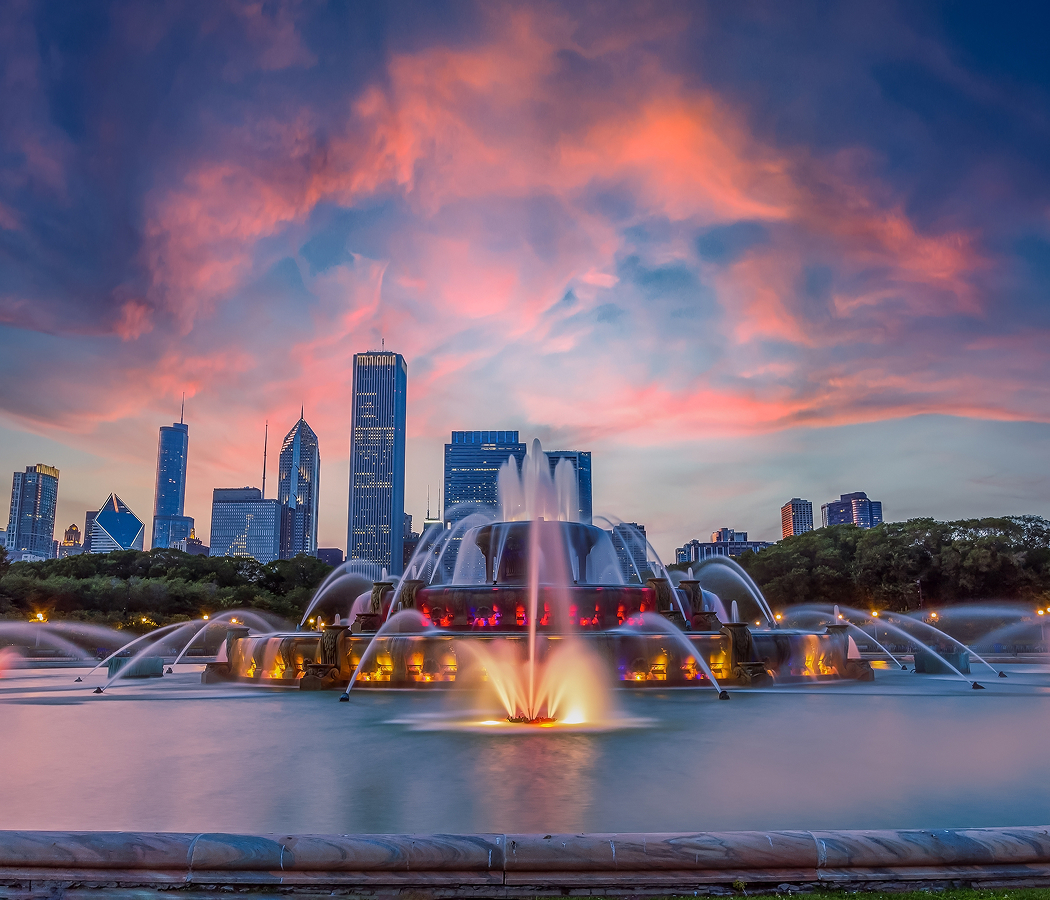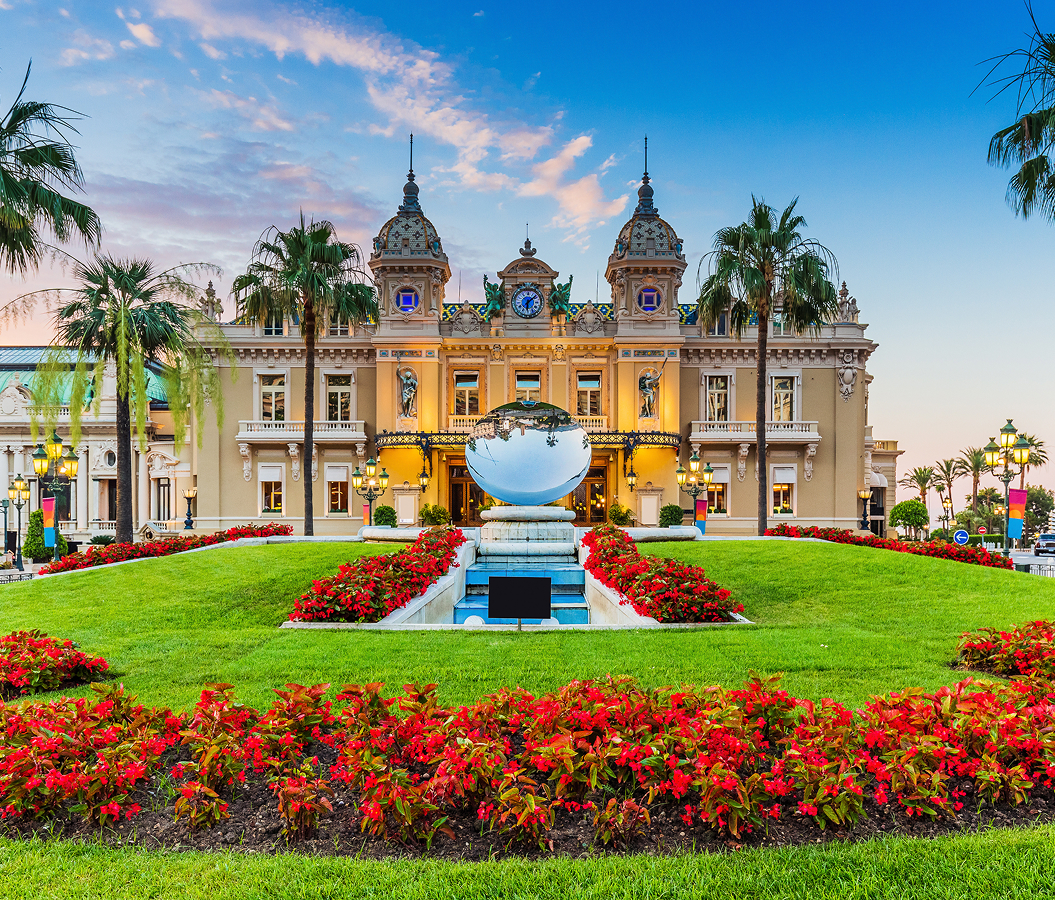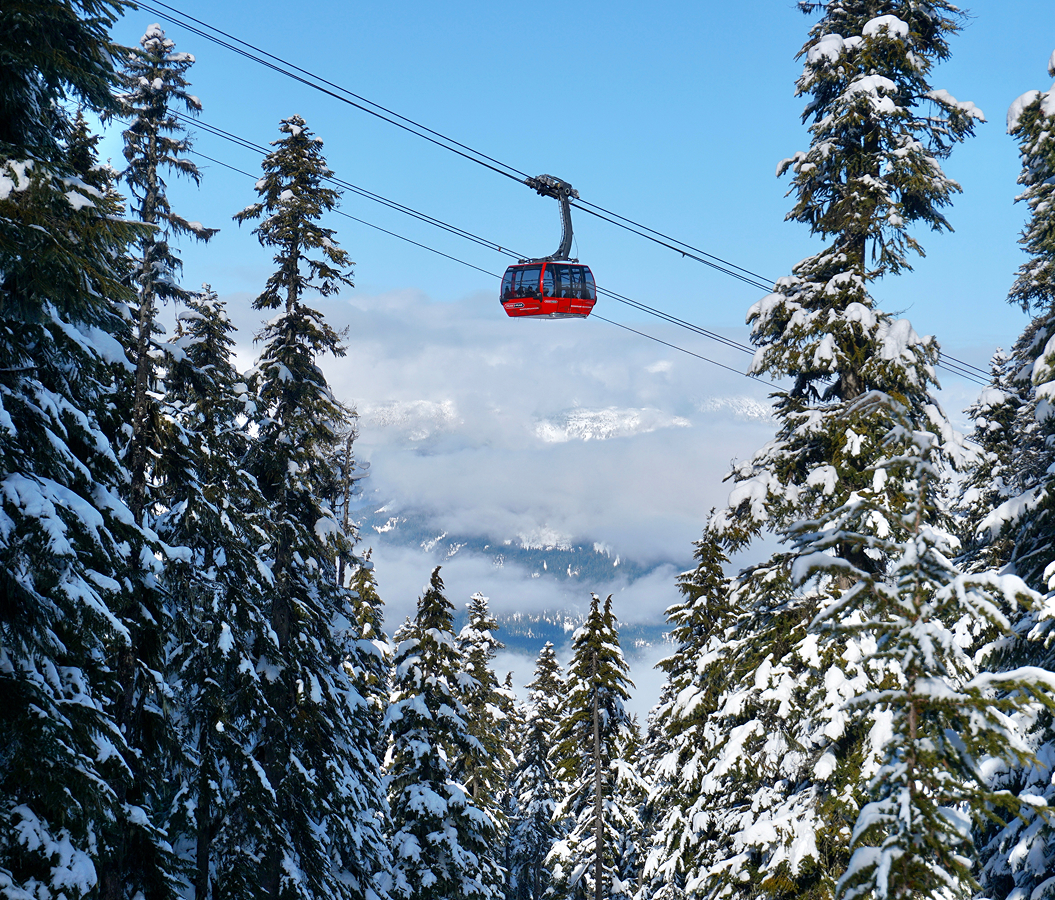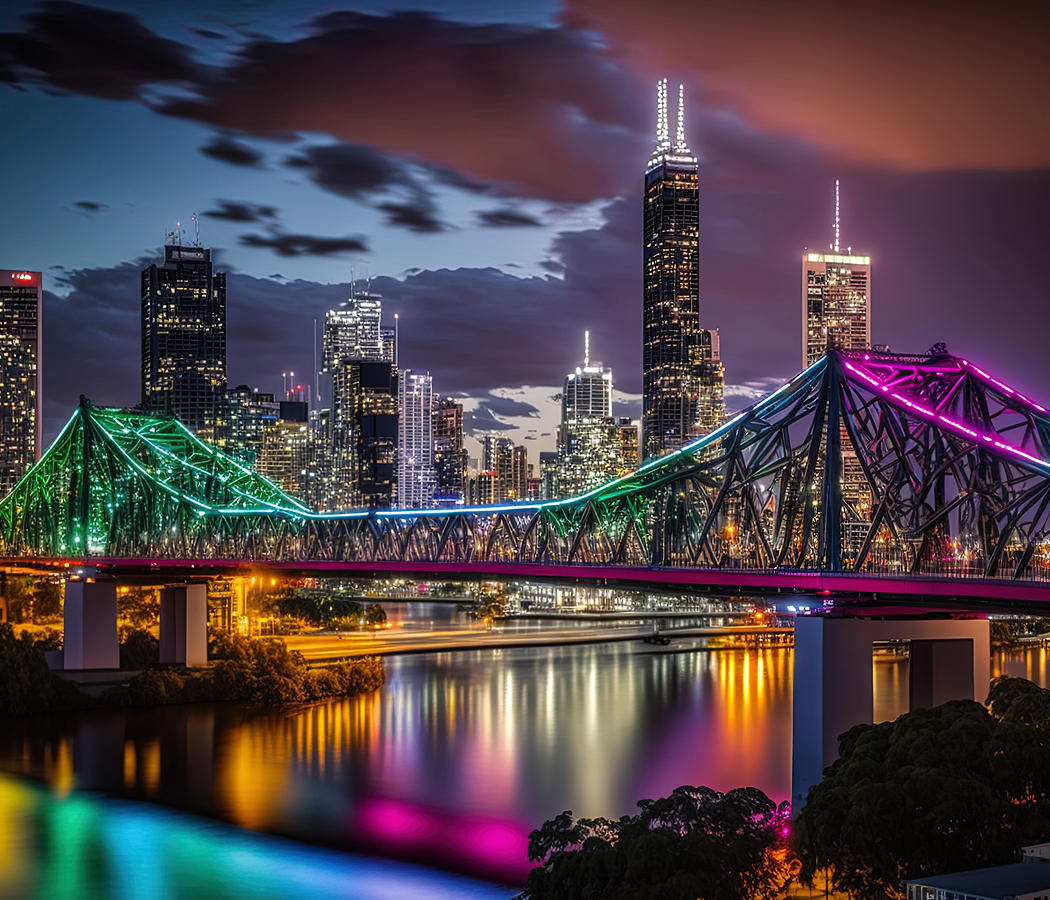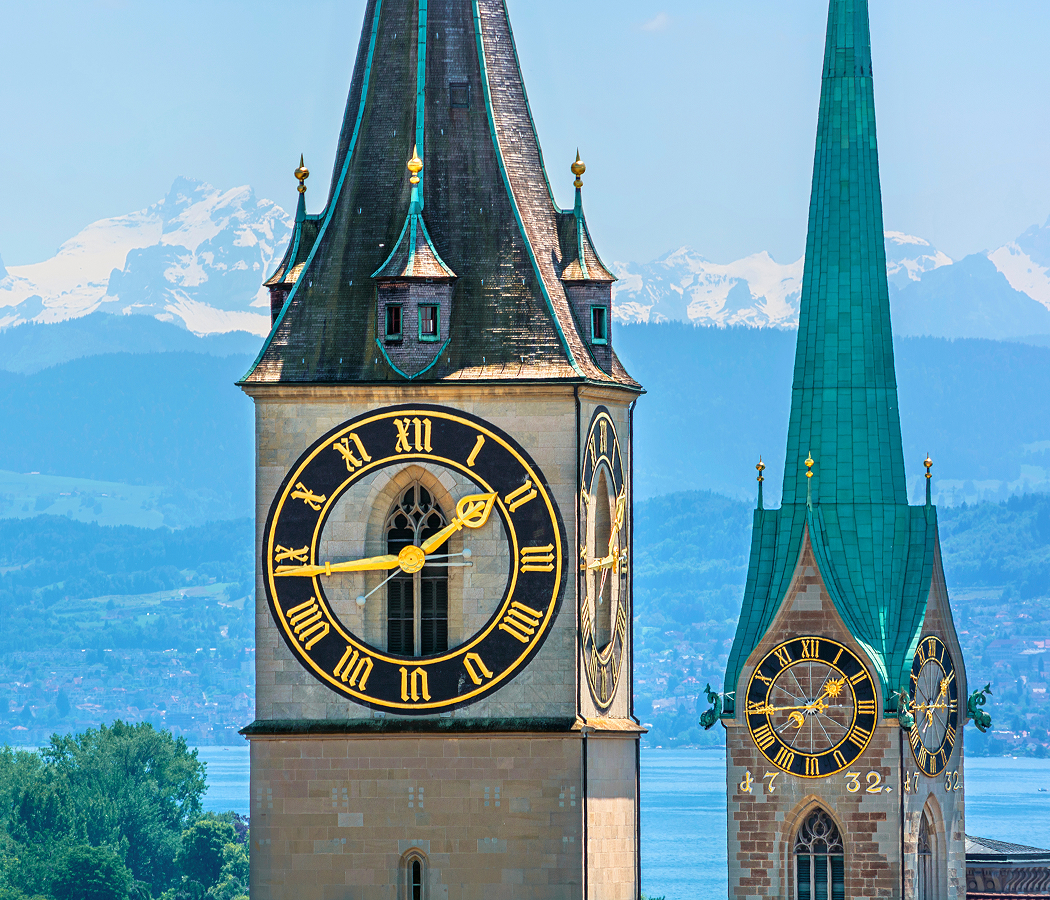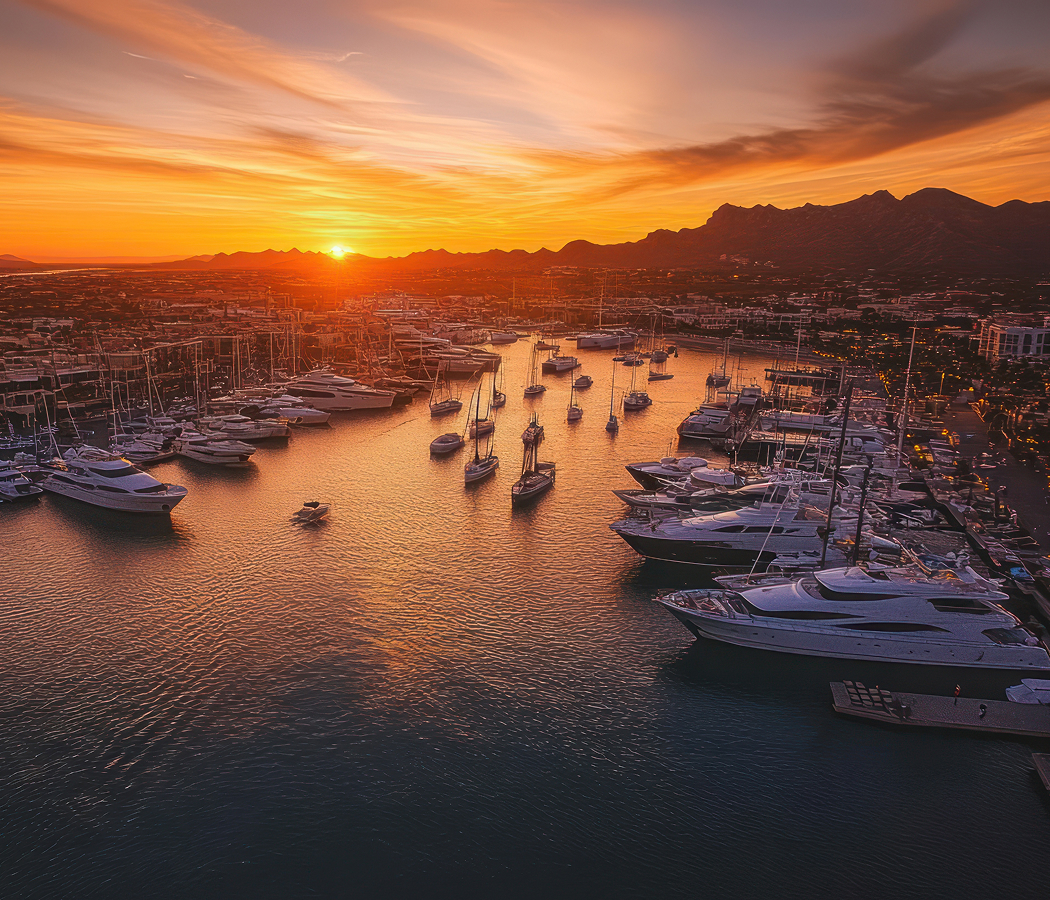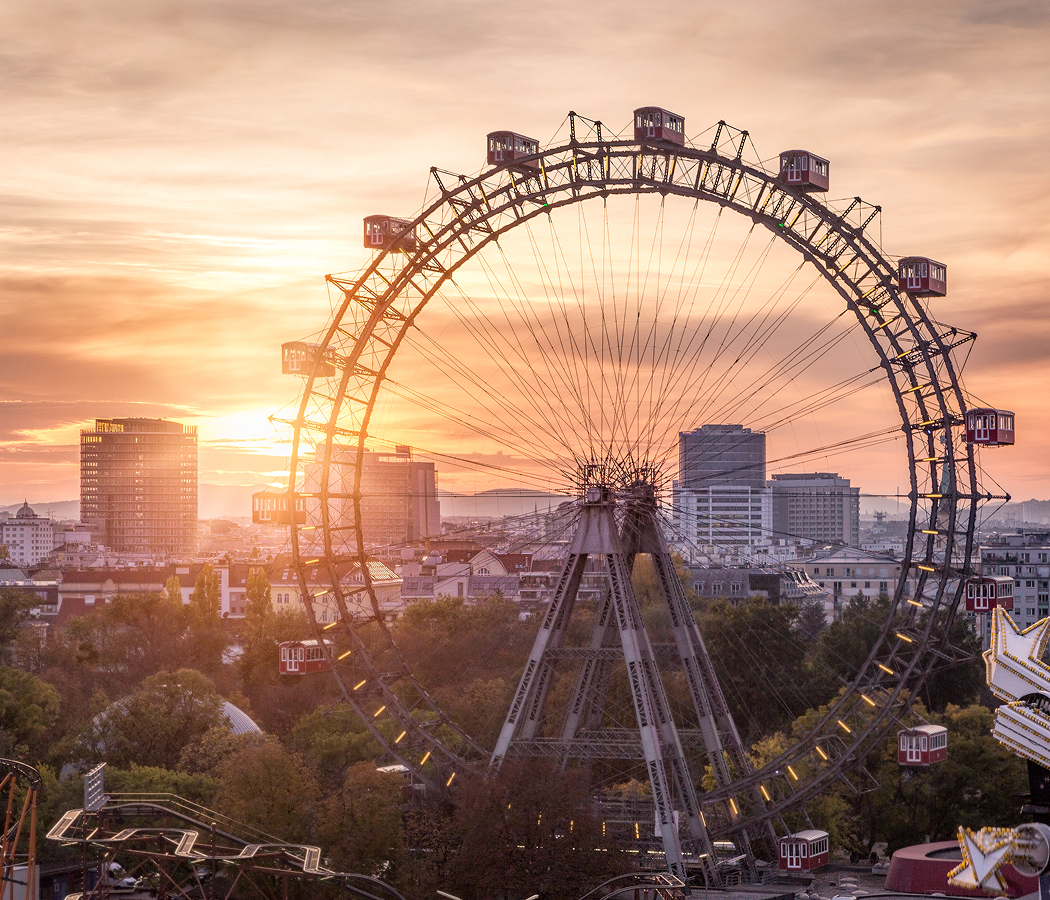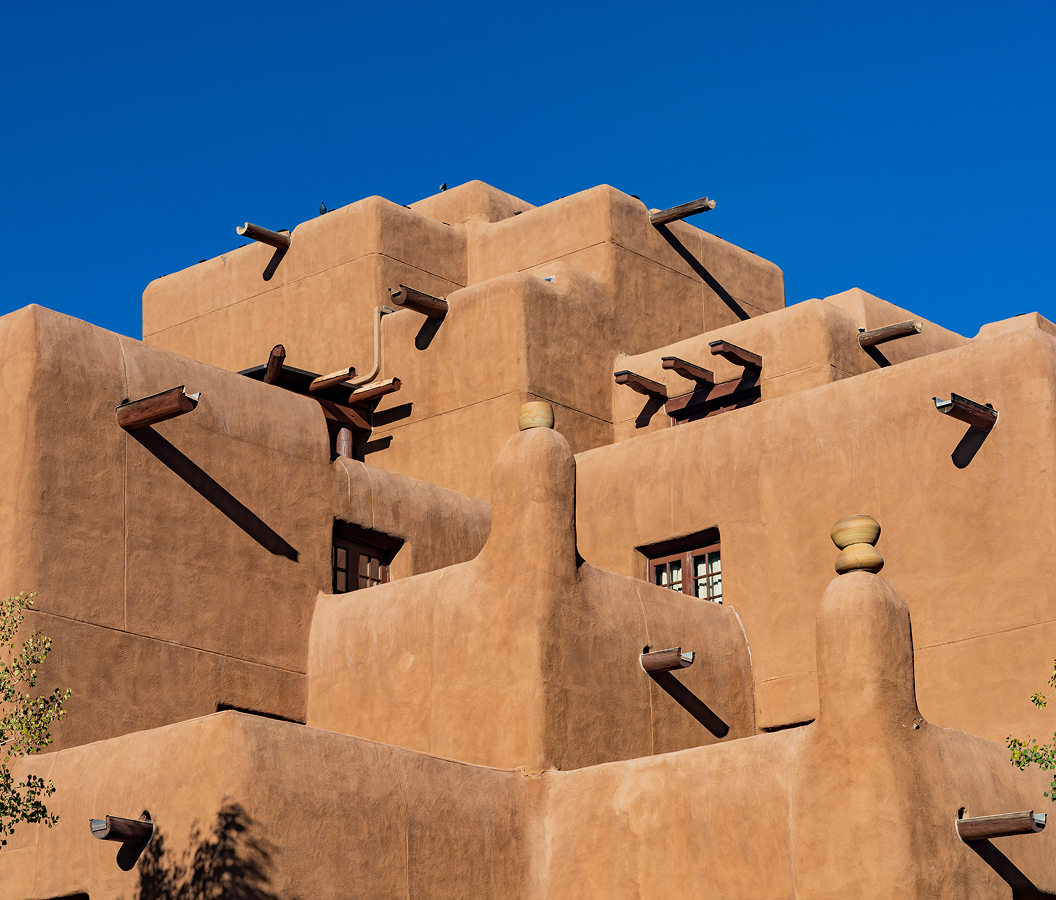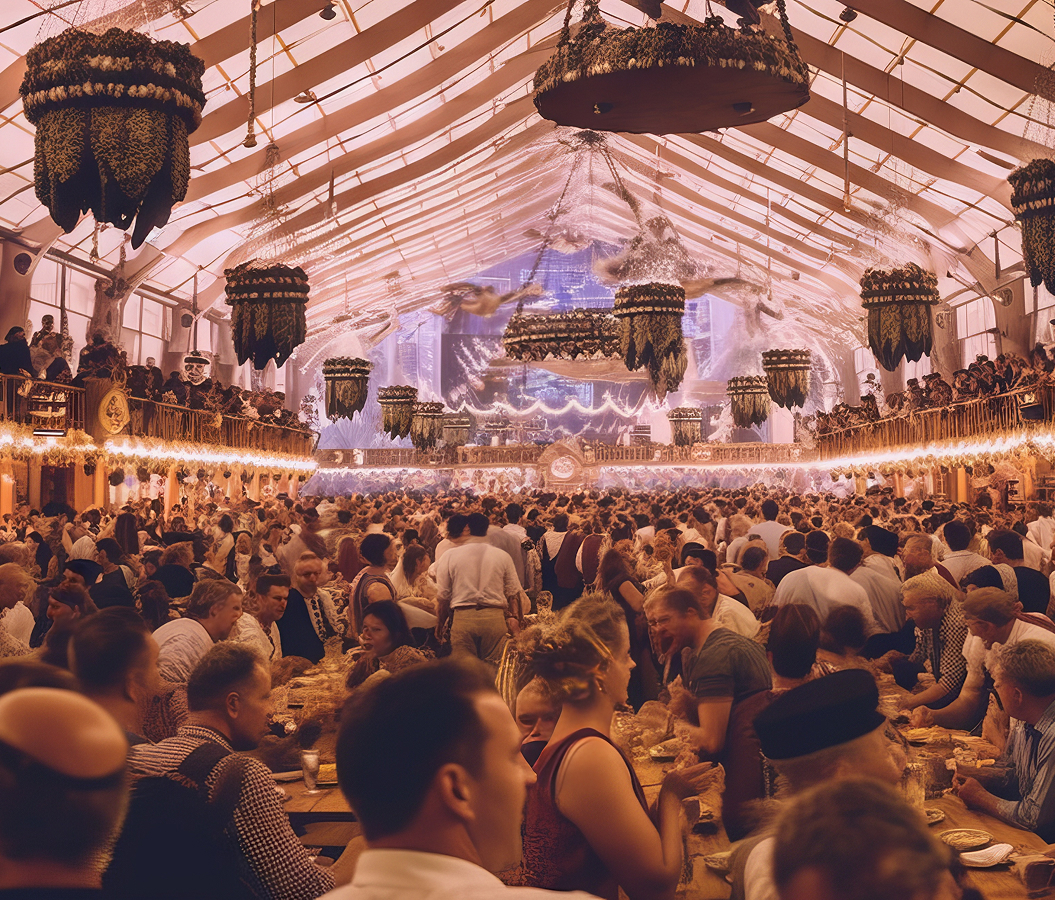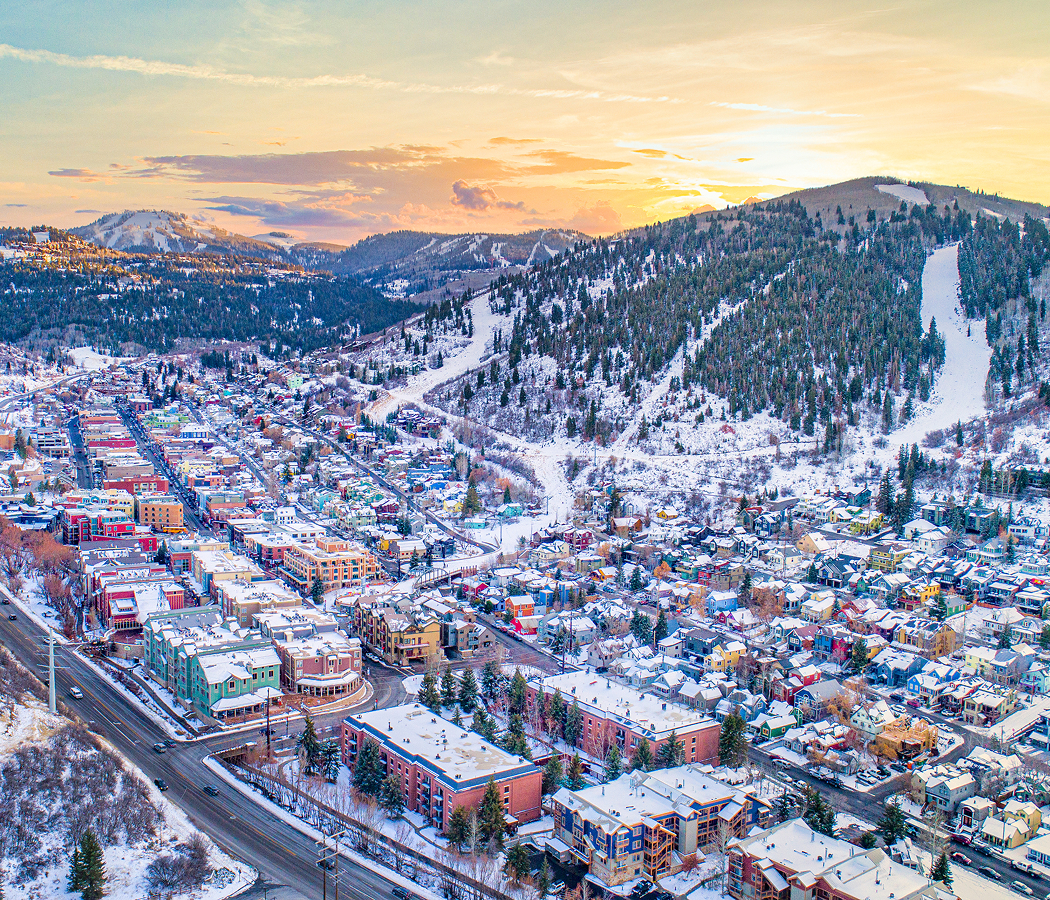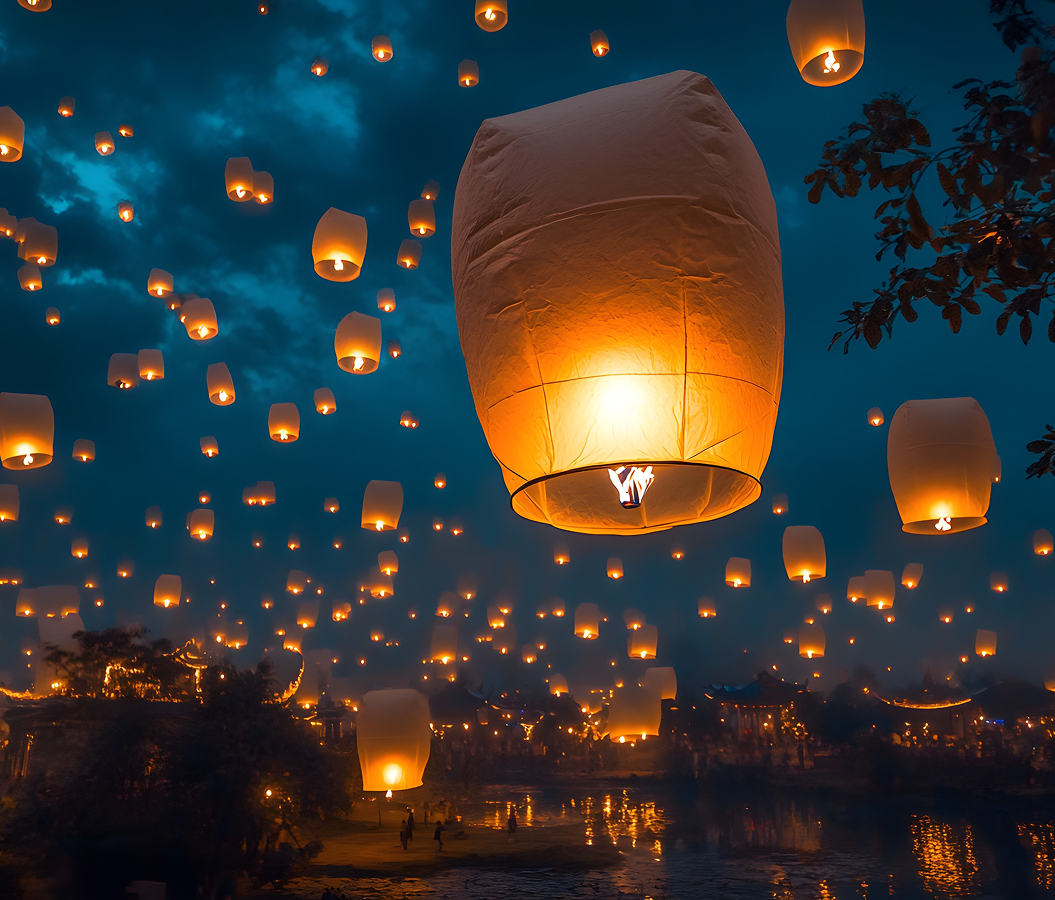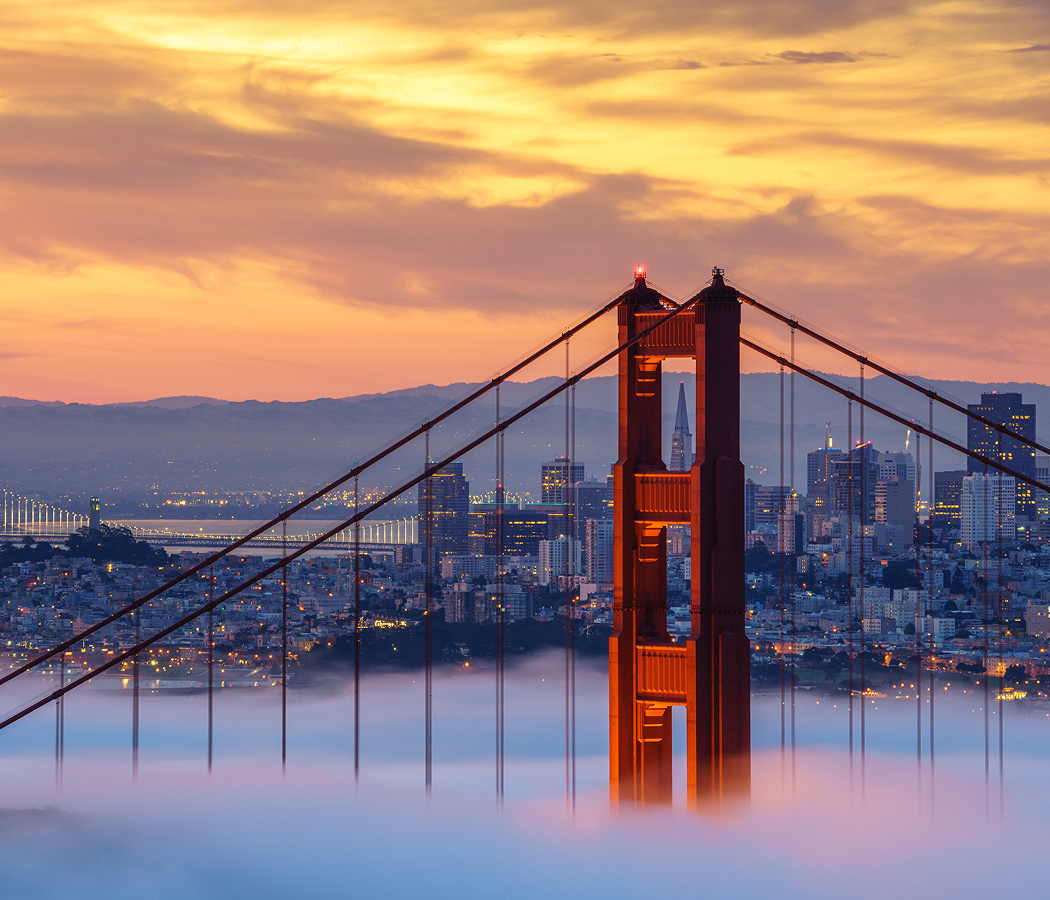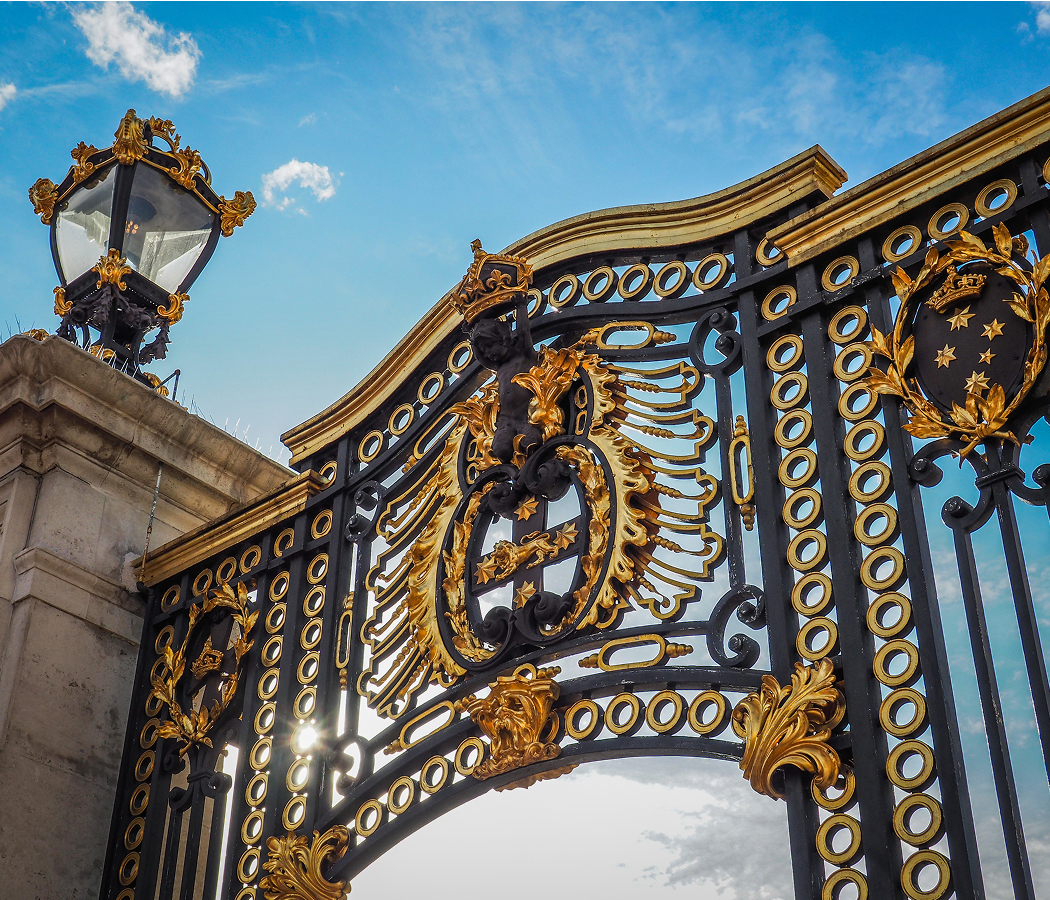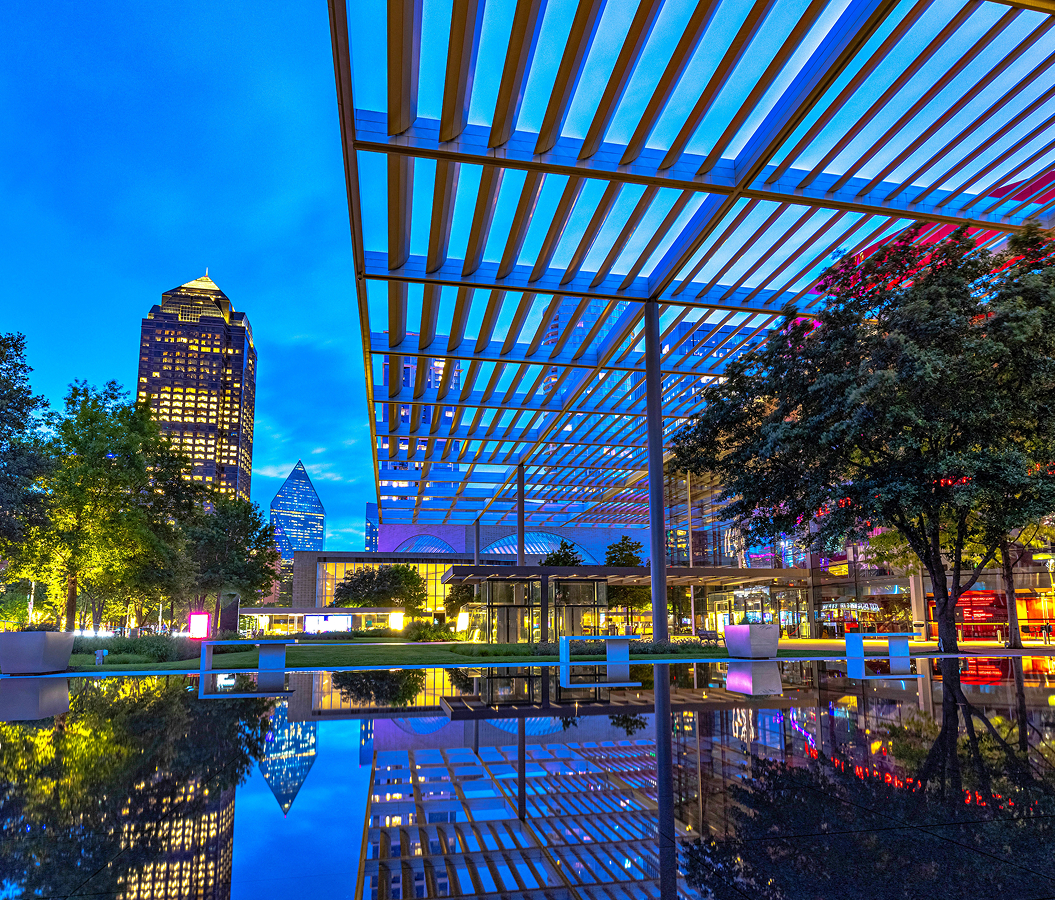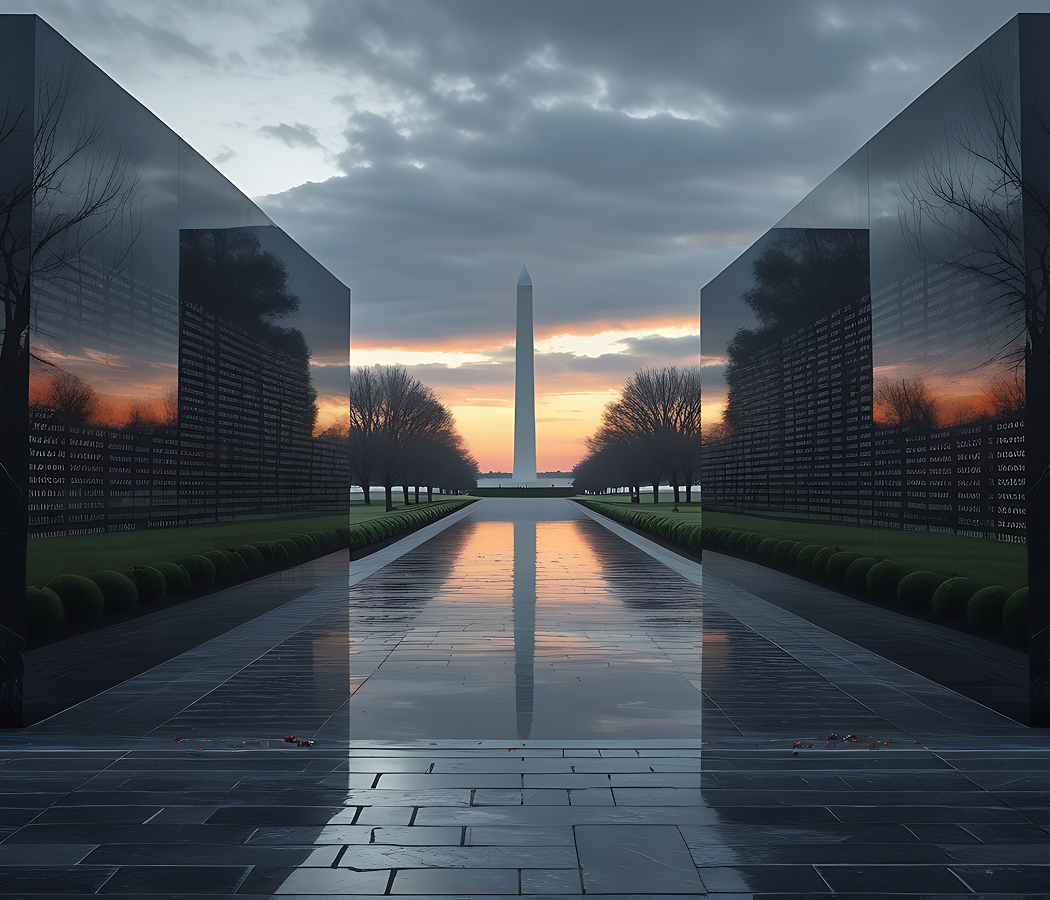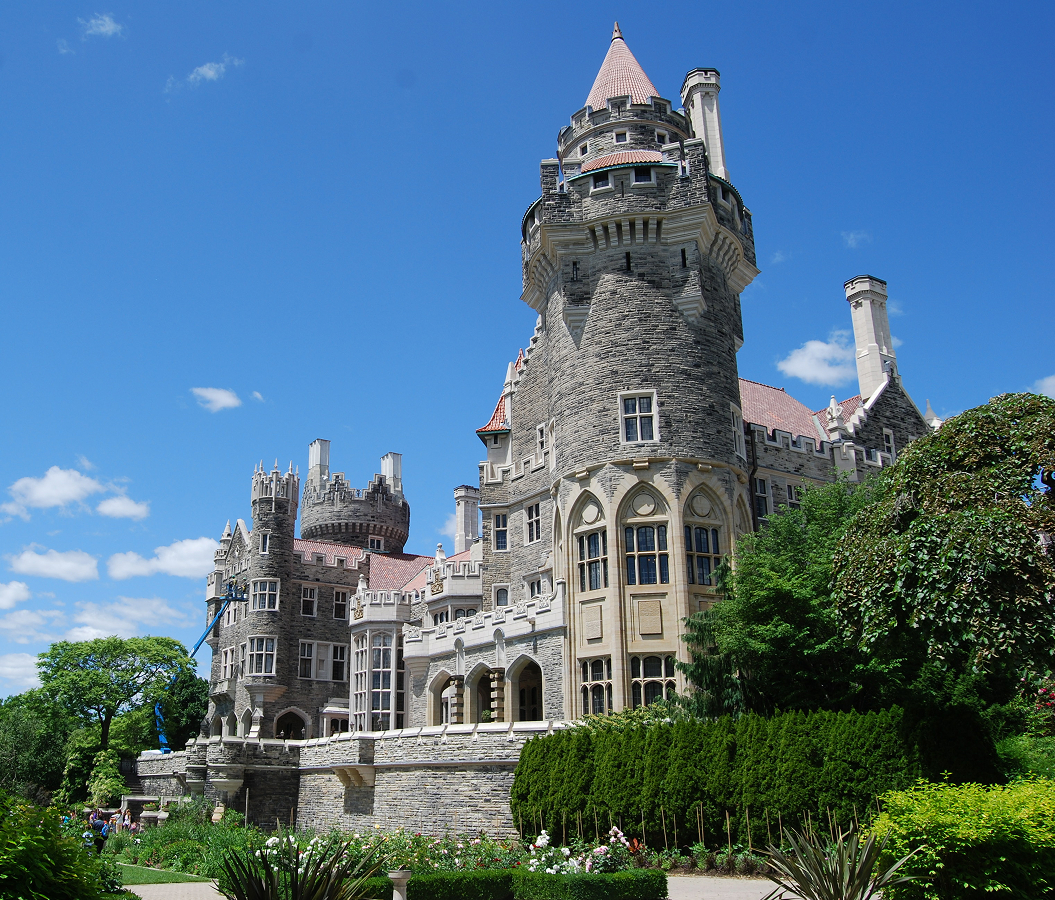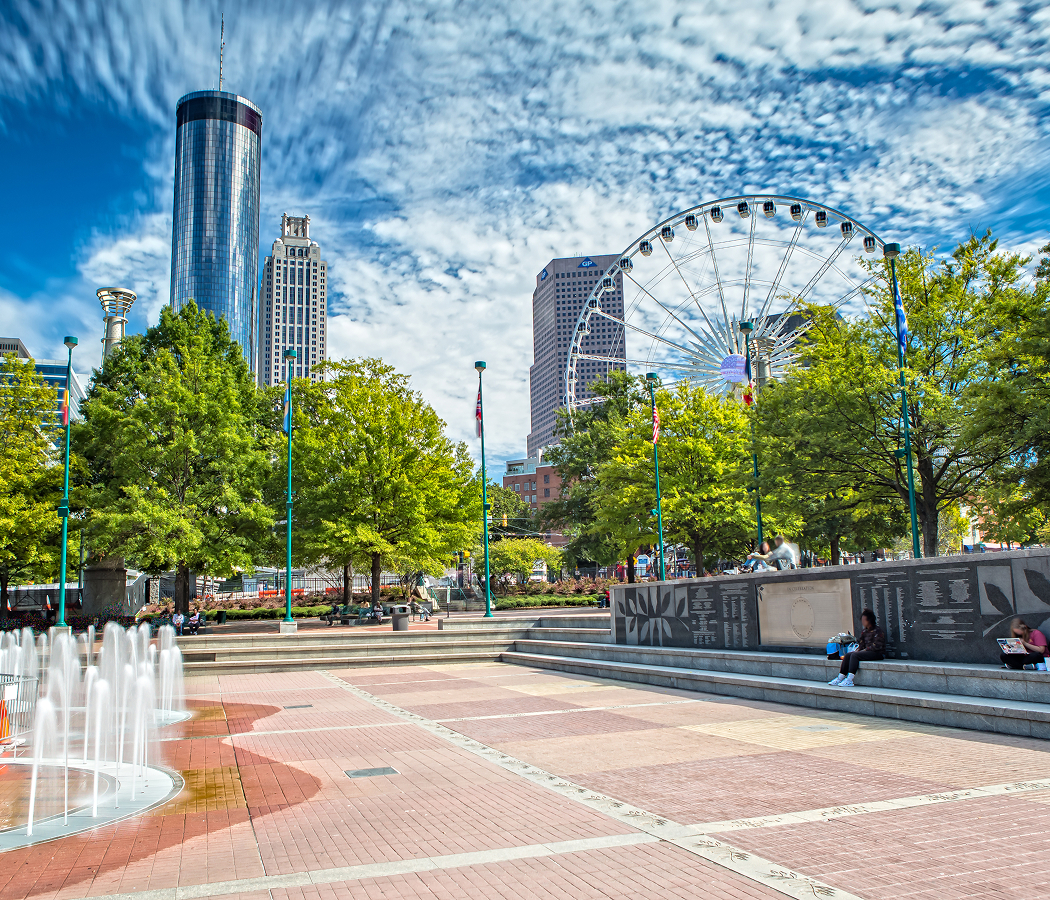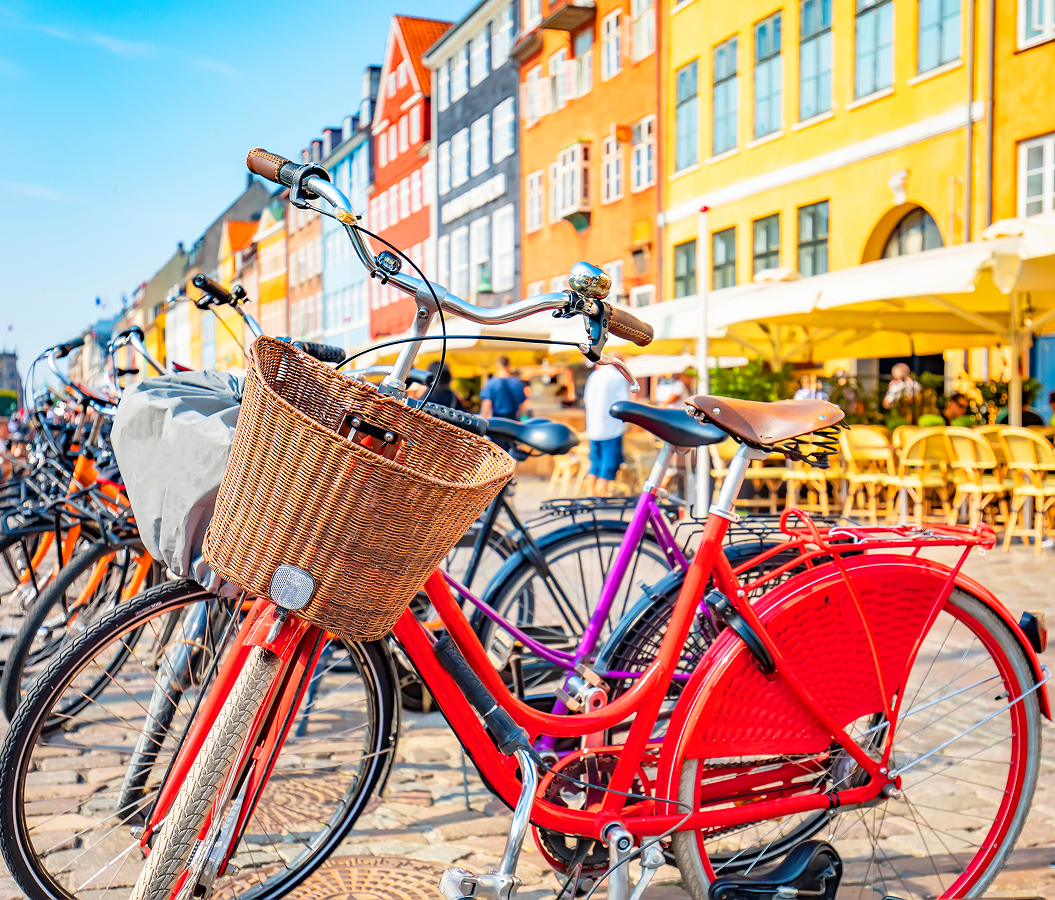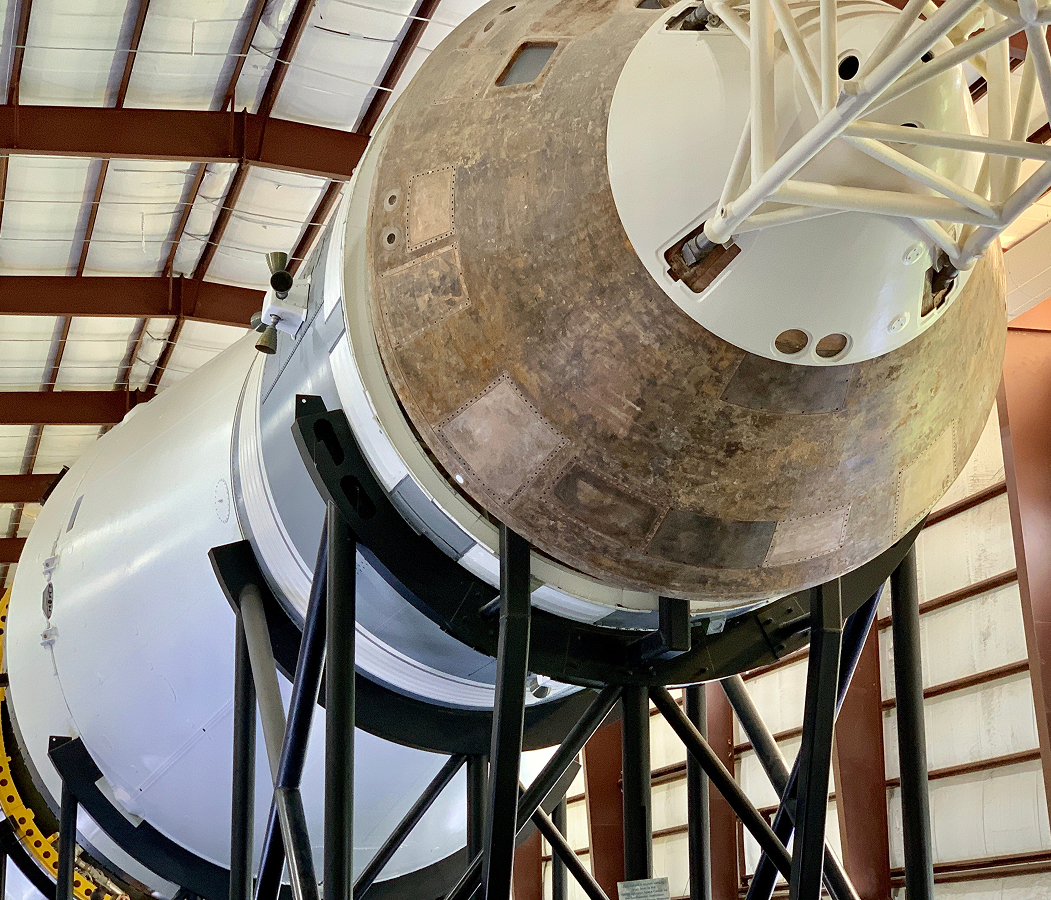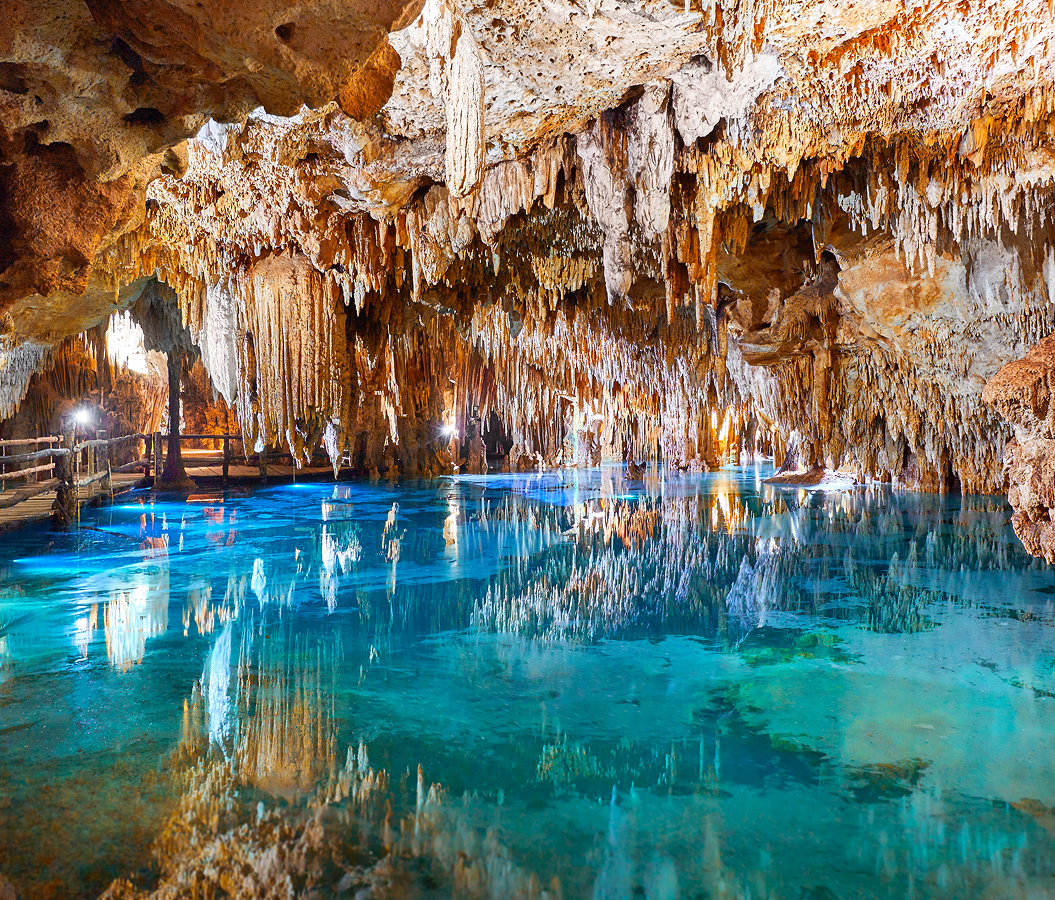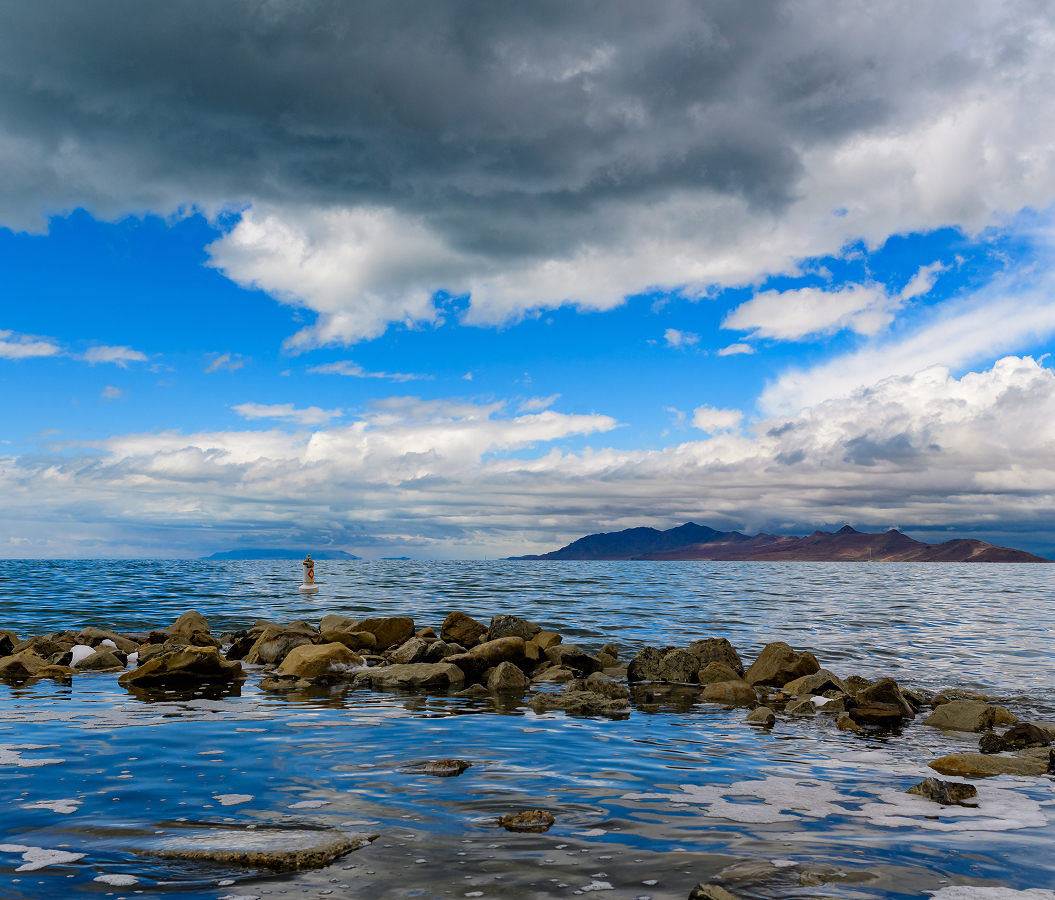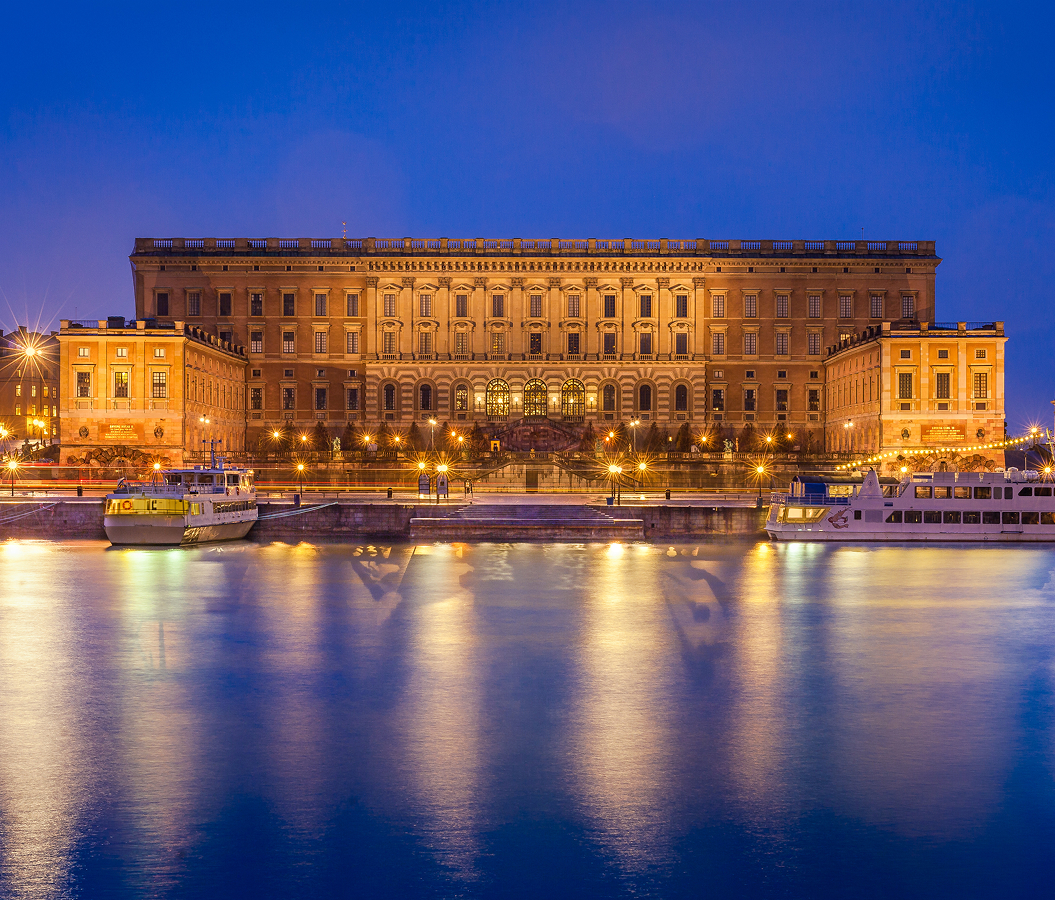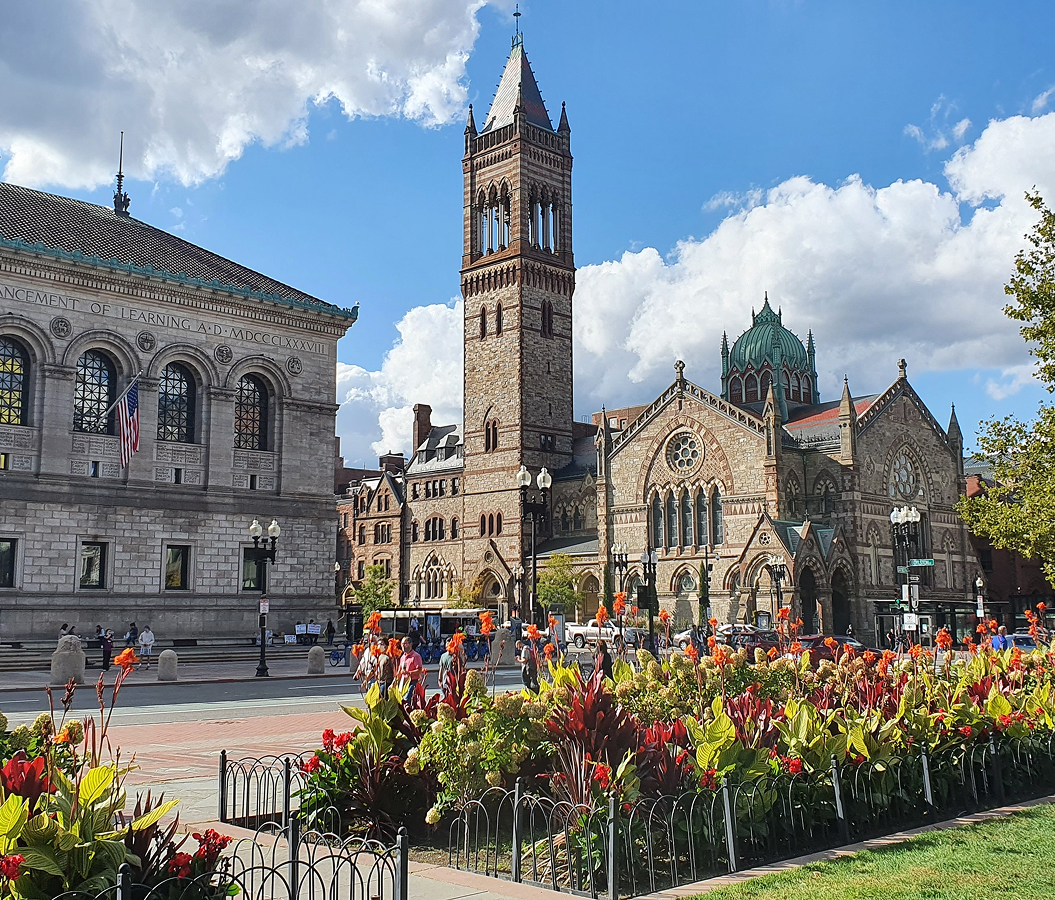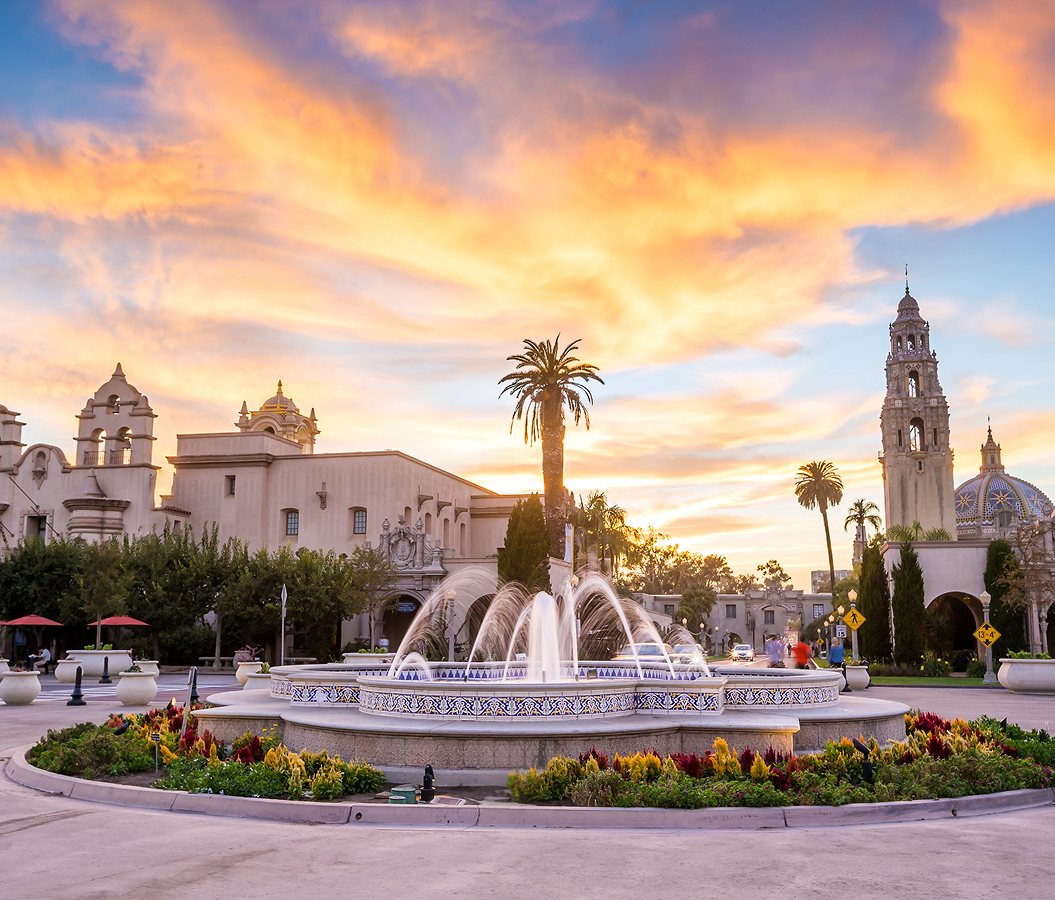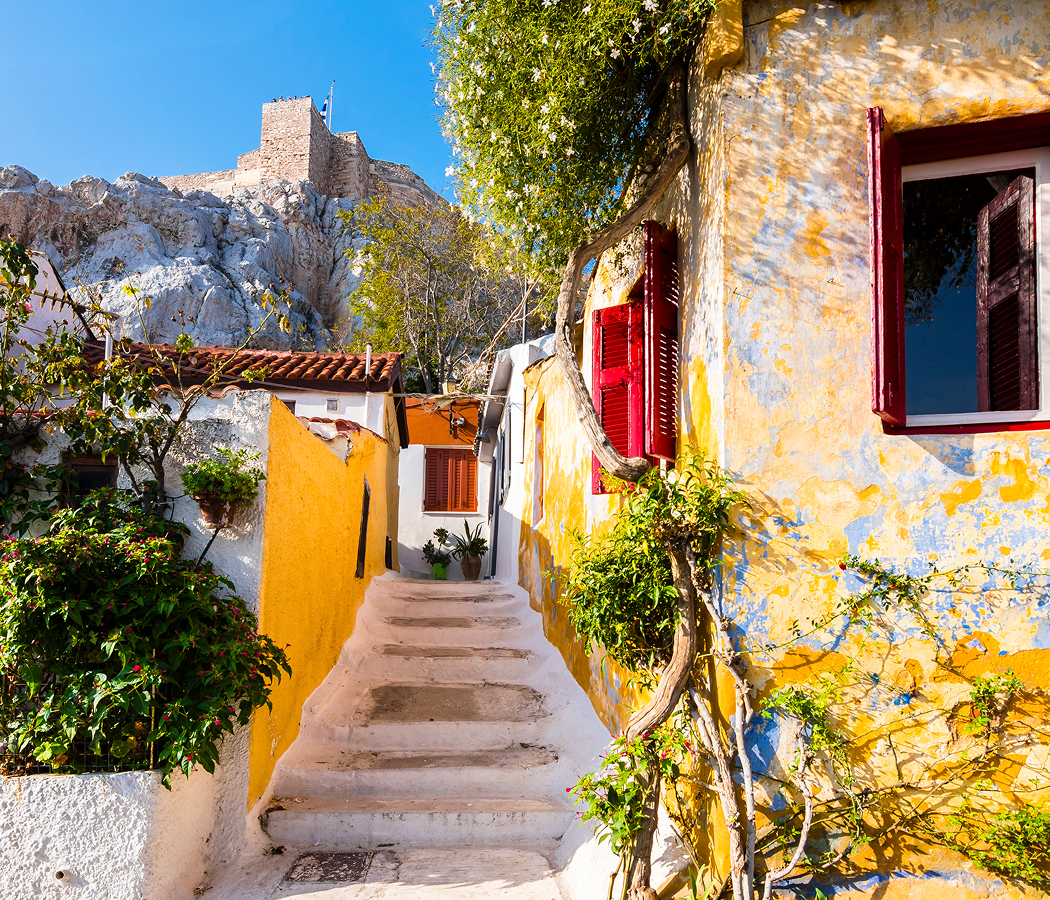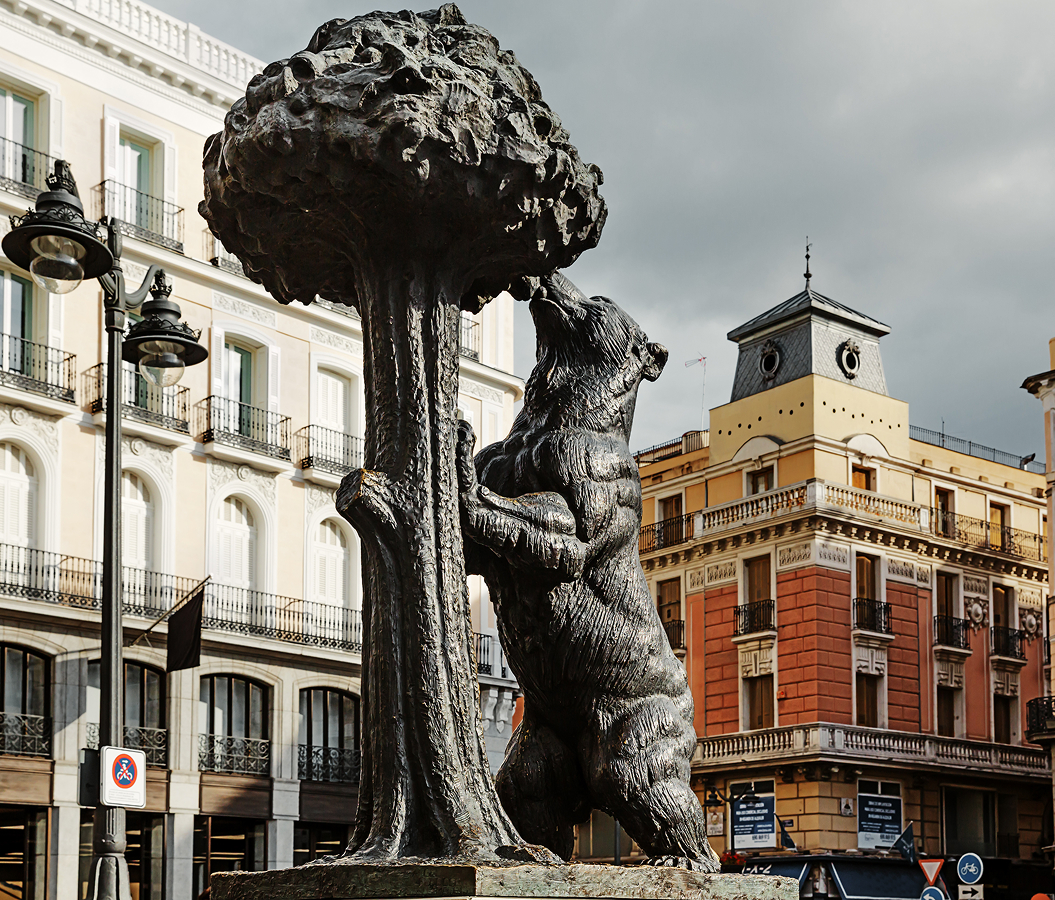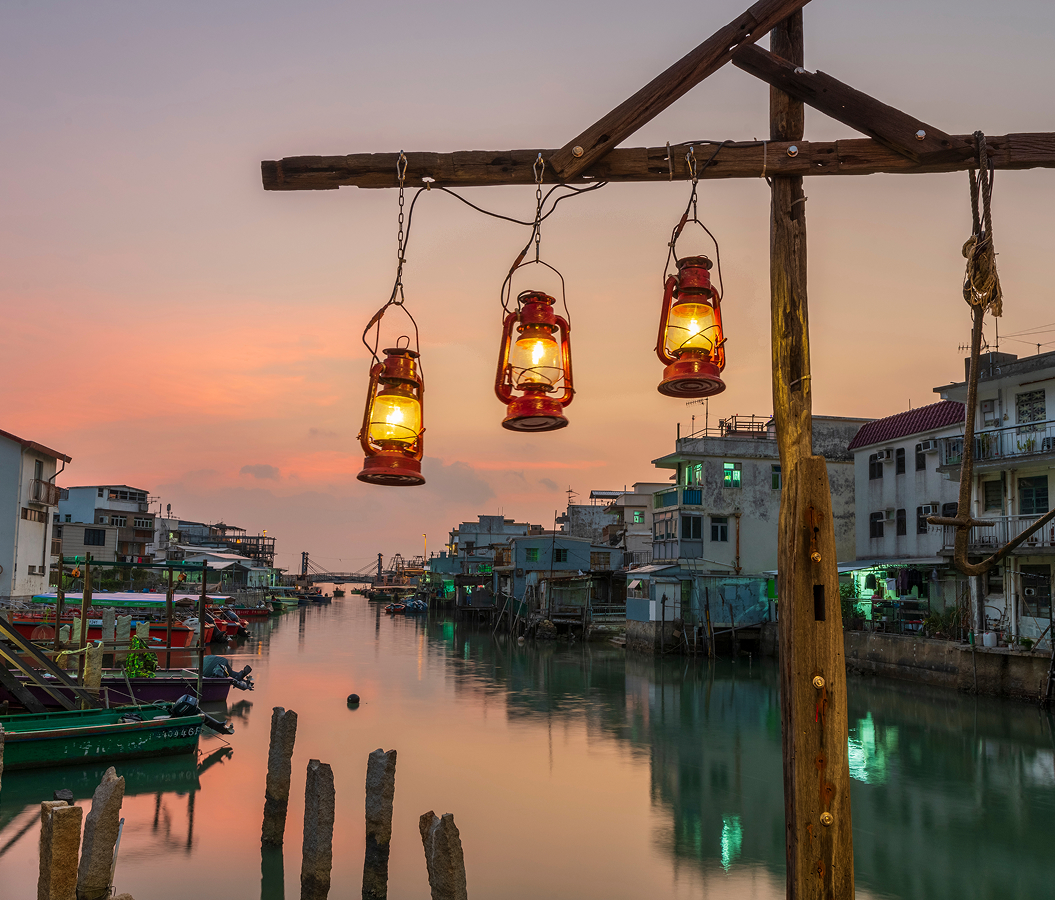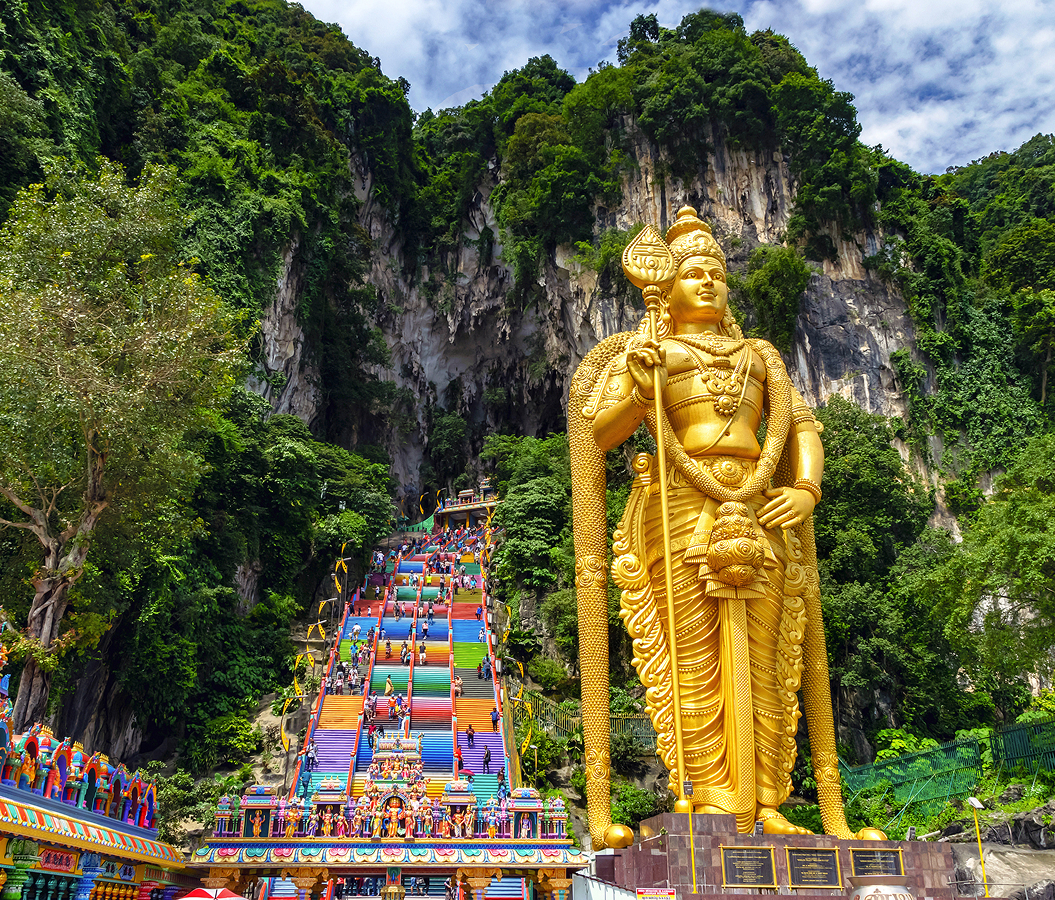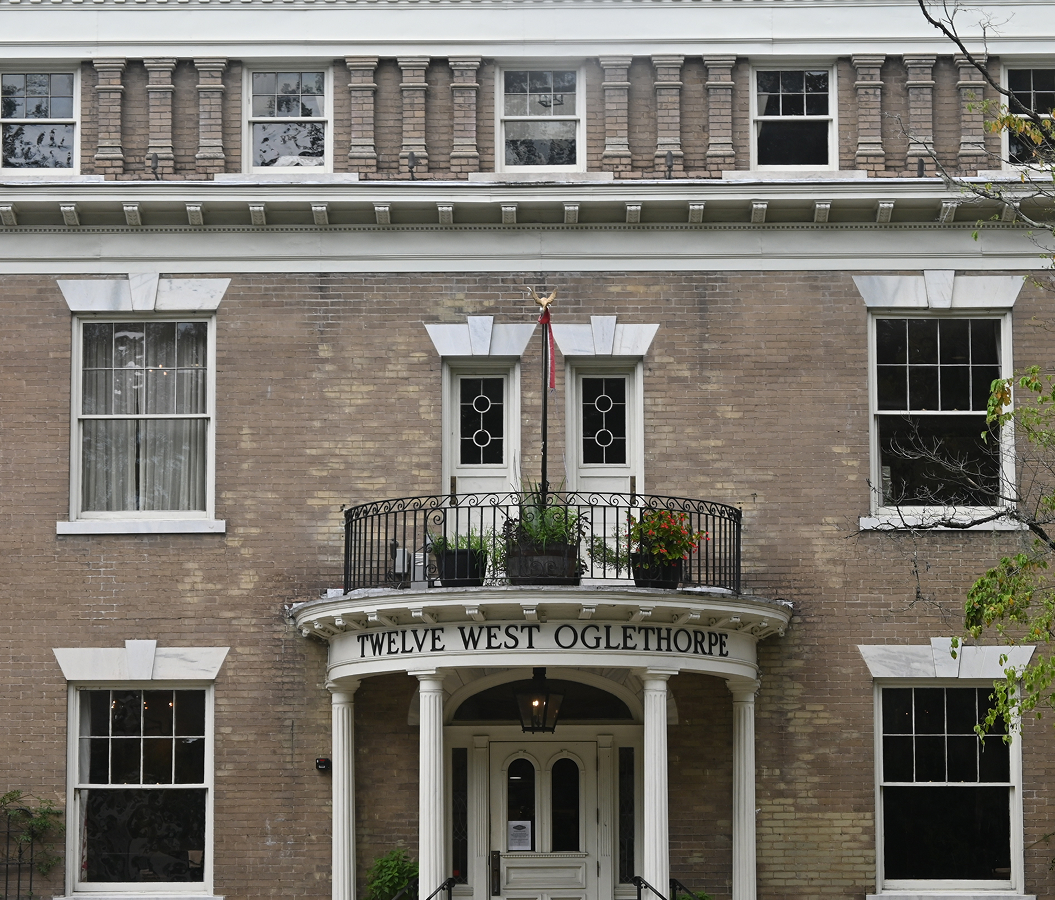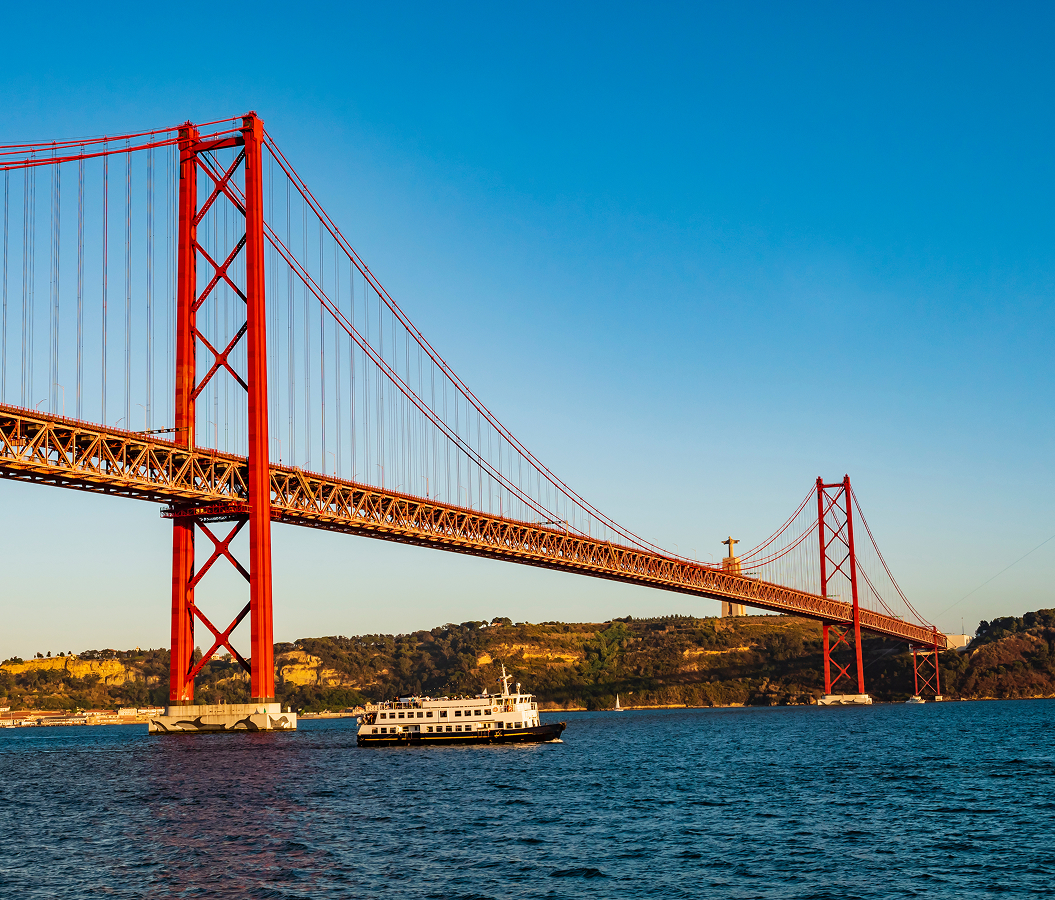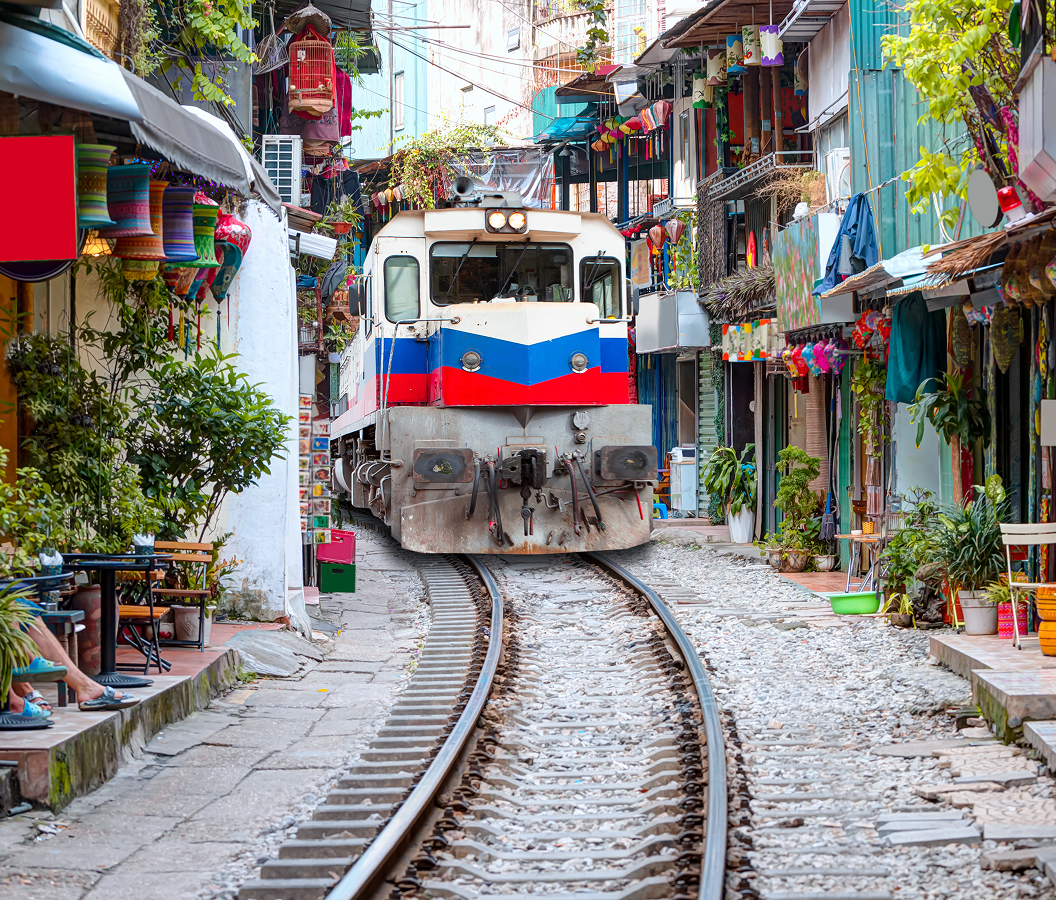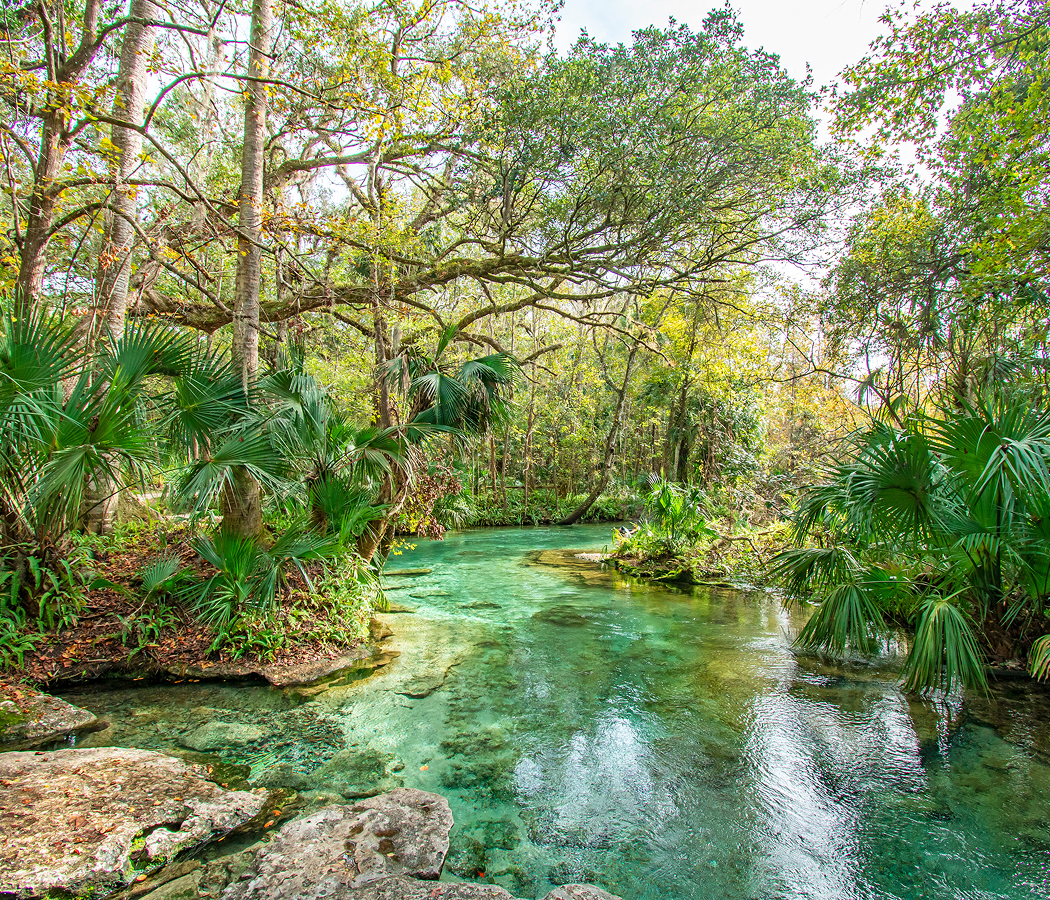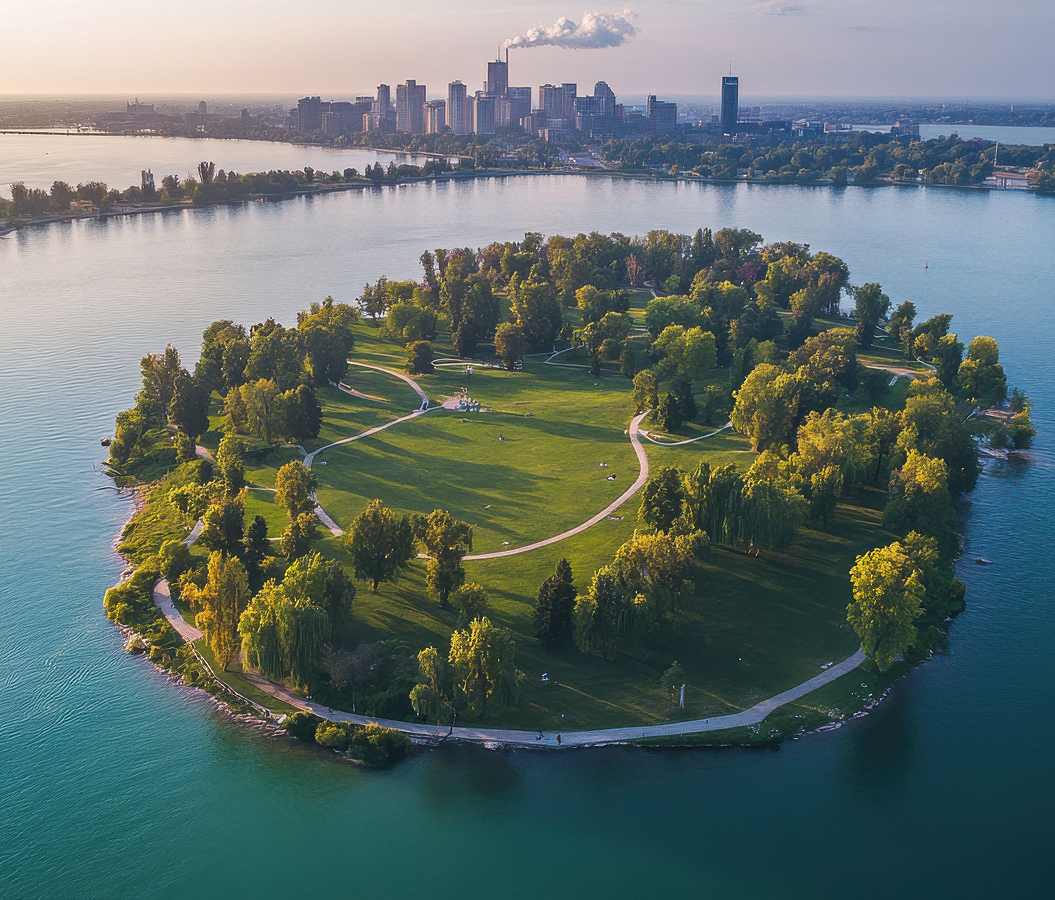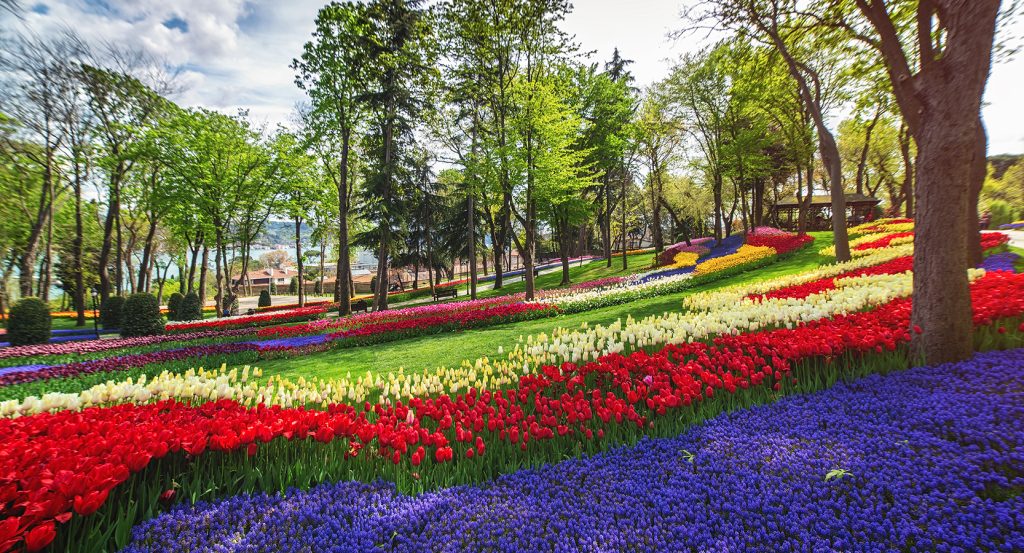
What you didn’t know about Istanbul, Turkey.
Istanbul’s beauty isn’t just architectural, every corner holds stories carved by geography, empire, religion, and trade that shaped the world far beyond the city’s borders.
The Bosphorus itself is one of the most extraordinary waterways on Earth: a narrow strait carved during the end of the last Ice Age, connecting the Black Sea to the Marmara and dividing the city between two continents. Its currents run in opposite directions at different depths, creating a rare marine ecosystem that has guided trade, migration, and political power for thousands of years. The Hagia Sophia’s dome, once the largest in the world, was engineered using techniques lost and rediscovered across centuries; its acoustic properties still fascinate architects today. The Blue Mosque’s tiles are painted with Ottoman motifs sourced from İznik, a village that mastered ceramic firing techniques unmatched in their era. Beneath the city, hundreds of underground cisterns, including the Basilica Cistern with its eerie Medusa heads, were constructed to store the city’s water in times of siege. Istanbul’s neighborhoods also carry distinct cultural identities: Balat once housed vibrant Jewish and Greek communities; Beyoğlu grew around European embassies; Kadıköy became a center of Anatolian migration and modern art. And then there’s the food, shaped by centuries of Silk Road influence, Mediterranean climate, and Ottoman court traditions. Travelers often sense something ancient in Istanbul, a hum, a pulse, a presence, without realizing they’re standing in a city that has been the capital of three empires and a crossroads of civilizations for over 2,000 years.
Five fascinations about Istanbul.
5. Istanbul spans two continents, but not all of it touches both.
The Bosphorus Strait slices the city in two, one side in Europe, the other in Asia. But most visitors never realize that the majority of its population lives on the Asian side, not the more-touristed European half.
4. Tulips didn’t originate in the Netherlands.
Despite their Dutch fame, tulips were first cultivated in the Ottoman Empire, and Istanbul was once the center of a full-blown tulip craze during the 18th century.
3. The city has had three names over time.
From Byzantium to Constantinople to Istanbul, the city has undergone name changes that reflect its evolution, each tied to the empire that ruled it.
2. The Hagia Sophia has changed religions multiple times.
Built as a cathedral, turned into a mosque, then a museum, and now a mosque again, the Hagia Sophia is a living monument to Istanbul’s layered spiritual history.
1. Istanbul has more mosques than any other city in the world.
With over 3,000 mosques, including the iconic Blue Mosque, Istanbul is not just architecturally stunning, it’s a testament to centuries of religious devotion and design excellence.
Where meaningful travel begins.
Start your journey with Foresyte, where the planning is part of the magic.
Discover the experiences that matter most.


































